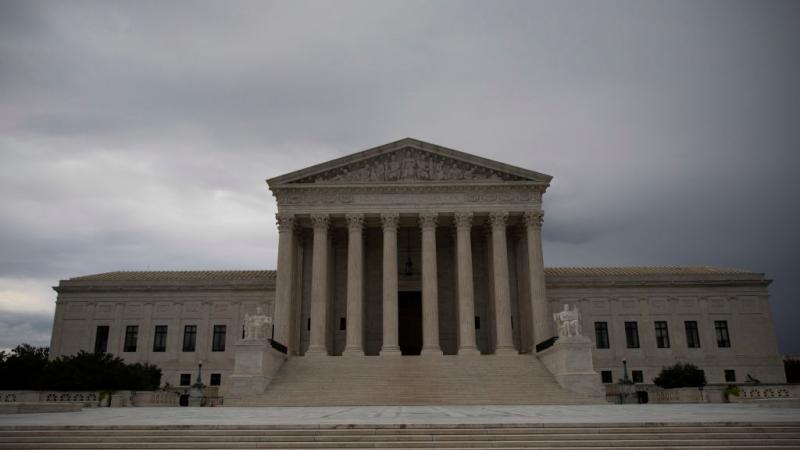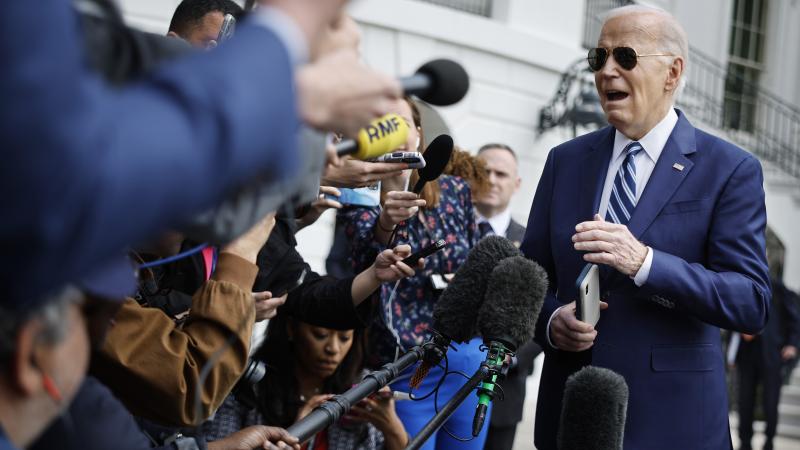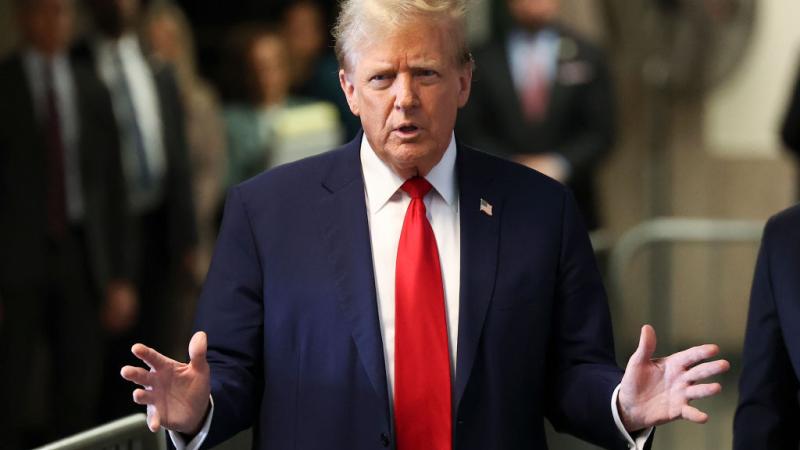Before pandemic, feds funded human coronavirus experiments in 2019 in China
NIH has been "major funder" of SARS research at Chinese laboratory in Wuhan, according to State Department memo.
The National Institutes of Health (NIH) was funding experiments in China in 2019 that sought to assess the risk of dangerous coronaviruses jumping from bat populations into human beings — research conducted in a laboratory near the site of — and possibly around the time of — the initial outbreak of the SARS-Cov-2 pandemic in that country, records show.
The State Department, meanwhile, noted in 2018 that NIH has been a "major funder" of coronavirus research at that laboratory, one which —according to a recently released State memo — possessed a "shortage of trained staff."
EcoHealth Alliance, a New York-based organization dedicated to infectious disease research, received $3.4 million over 6 years from NIH, according to an NIH spokeswoman.
Among the sub-awardees of that grant was the Wuhan Institute of Virology, the infectious disease institute that sits within a few miles of where the Chinese government claimed the COVID-19 outbreak began.
The final project thus far used with that grant money is listed as Project #2R01AI110964-06 on the National Institutes of Health's RePORTER system. That project, titled "Understanding the Risk of Bat Coronavirus Emergence," sought to explore "the origin, diversity, capacity to cause illness, and risk of spillover" in bat-based coronaviruses.
"Spillover" is the phenomenon in which a virus jumps from one species to another. In pursuit of one of its three specified goals, the project planned to "identify viruses with the highest potential for spillover."
Researchers said they would use "in vitro and in vivo characterization of SARSr-CoV spillover risk, coupled with spatial and phylogenetic analyses to identify the regions and viruses of public health concern" as well as "S protein sequence data, infectious clone technology, in vitro and in vivo infection experiments and analysis of receptor binding to test the hypothesis that % divergence thresholds in S protein sequences predict spillover potential."
Much of the world is familiar with severe acute respiratory syndrome, or SARS, due to previous outbreaks of that disease over the last few decades. Project #2R01AI110964-06 purported to study severe acute respiratory syndrome–related coronaviruses (SARSr), a broad classification of coronaviruses that includes the strains responsible for both the current COVID-19 pandemic and SARS outbreaks in recent years.
Following the beginning of the outbreak and after orders from President Trump to cut any funding flowing toward the Wuhan laboratory, the EcoHealth Alliance grant was terminated in late April, though an NIH spokeswoman confirmed the grant was reinstated in early July.
NIH denies 'gain-of-function' research occurred with institute funding
Due to the proximity of the outbreak to the Wuhan Institute of Virology, concerns have arisen in recent months that the lab was carrying out what is known as "gain-of-function" research that may have led to the pandemic.
Gain-of-function experiments, as defined by the Center for Infectious Disease Research and Policy at the University of Arizona, involve "studies that enhance the pathogenicity, transmissibility, or host range of a pathogen" in order to assess the possible threat it poses to human beings, including its potential to become a pandemic virus.
Citing biosafety concerns, the U.S. government in 2014 imposed a moratorium on gain-of-function studies into several types of viruses, including severe acute respiratory syndrome (or SARS) coronaviruses. The coronavirus that has caused the COVID-19 pandemic is SARS-associated, hence the virus's official title, SARS-CoV-2.
After three years of review, the federal government in 2017 reinstated funding for gain-of-function experiments, though new guidelines issued by the Department of Health and Human Services dictated that any such projects be subject to "a multidisciplinary, department-level pre-funding review and evaluation of proposed research," including ensuring that the experiment facilities are adhering to proper safety protocols. Research is also supposed to be subject to an "assessment of the overall potential risks and benefits associated with the research" that "determines that the potential risks as compared to the potential benefits to society are justified."
A spokeswoman for the NIH denied that the EcoHealth Alliance projects constituted gain-of-function experiments.
"The research supported under grant characterized the function of newly discovered bat spike proteins and naturally occurring pathogens and did not involve the enhancement of the pathogenicity or transmissibility of the viruses studied," she said.
"Therefore after review, the National Institute of Allergy and Infectious Diseases determined the awards were not subject to either the Gain-of-Function Research Funding Pause" or to the 2017 guidelines, she continued.
Peter Daszak, the president of EcoHealth Alliance, did not respond to queries about the nature of the research undertaken with the NIH grant money, including experiments carried out by the Wuhan Institute of Virology.
State Department worried about lab's safety protocols
Though many scientists have stressed that it is unlikely to have been the case, suspicions have persisted since the start of the year that the Wuhan Institute of Virology may have played a role in accidently releasing the virus. Some experts have speculated that — gain-of-function research or not — the lab might have been the epicenter of the pandemic starting with a containment leak.
A recently declassified State Department memo from 2018 indicates that the U.S. believed the WIV — the first P4-level lab in China — may have posed an outbreak risk due to what it said was the lab's "shortage of trained staff" in that year at least.
The P4 lab "became fully operational and began working with live viruses" only within the first four months of 2018, the memo said.
The memo notes that the NIH had been a "major funder ... of SARS research" at the Wuhan Institute of Virology, including helping to determine the origin of the SARS virus.
It also notes that an individual with EcoHealth Alliance planned to travel to Wuhan at some point to meet with an individual whose name has been redacted from the document.
















